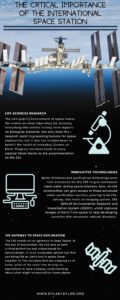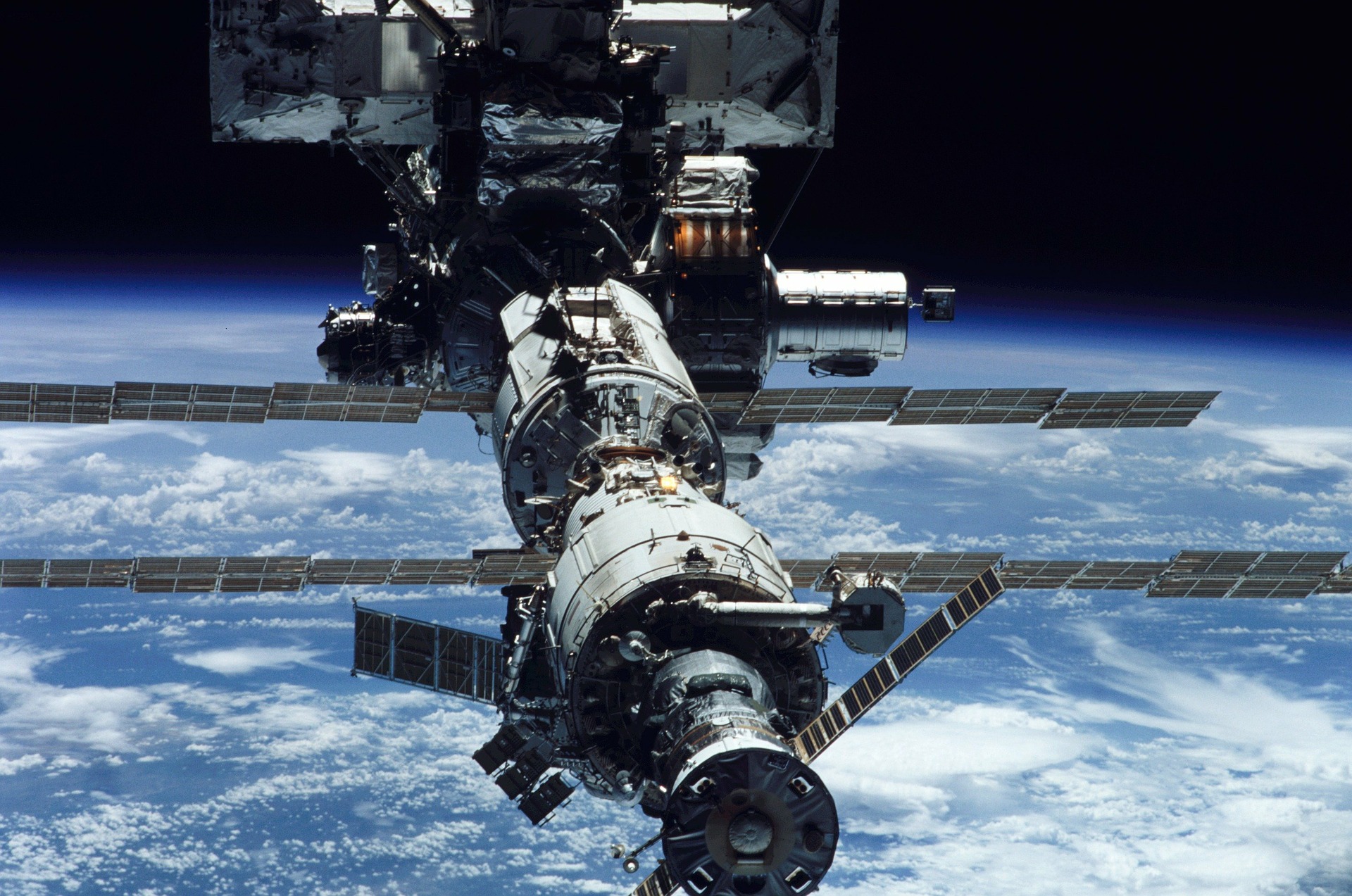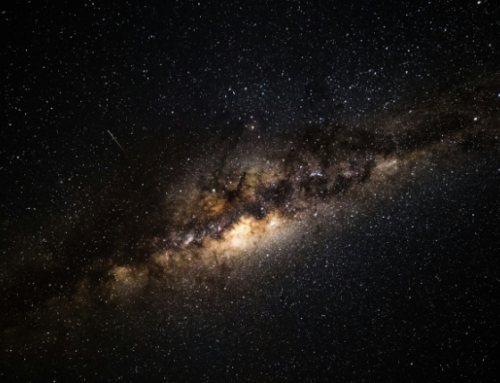When we look up to see the objects hovering above us in the night sky, they feel so distant that it doesn’t seem as if they directly impact our lives. While they all are part of the fabric of the universe that affects everyone on Earth in some way, the human made International Space Station, in particular, serves as a multinational hub that supports human life off and on Earth in a variety of ways.
Built with support from 16 nations, the International Space Station (ISS) has been continuously occupied since November 2000. A colossal undertaking and considered a jewel of human ingenuity, the station is likelt the single most expensive object ever built. It gives the United States and many international partners an outpost in the most remote environment yet.
During our time at the ISS, scientists, researchers, and astronauts have learned a tremendous amount about what it takes to create efficient technologies, test critical systems, and have driven advances on how to protect the human body — all of which are critical for deep space missions and our eventual journey to Mars. The station has now hosted over 2,400 experiments conducted by over 230 visitors from 18 countries.
Life Sciences Research
The anti-gravity environment of space makes the station an ideal laboratory for studying everything that relates to long-term impacts on biological elements. For example, we can study how weightless conditions impact the growth of vegetables or how space affects the growth of animals. When it comes to the human body, scientists and researchers are learning how we can limit the impacts of solar radiation and maintain a healthy body with the limitations of the environment.
Not only does this research assist in preparing humans for space exploration, but it also has trickled down to benefit the health of everyday humans on Earth. Progress has been made in many medical fields thanks to the experimentation on the ISS. For example, the Eye Tracking Device experiment developed on the ISS allowed researchers to gain insight into how humans’ frame of reference, balance, and the overall control of the eye movement work in zero-gravity conditions. The creators then realized they could use this device on Earth. Now, it is used during corrective laser eye surgery to help track the eye’s position without interrupting the surgeon’s work.
The Image-Guided Autonomous Robot (IGAR) is another medical advancement. Inspired by the Canadian Space Agency’s heavy-lifting robotic arms, the surgical instrument was originally used in clinical trials for patients with breast cancer. IGAR works inside an MRI to help accurately identify the exact size and location of a tumor and using this technology IGAR helps surgeons perform biopsies that require precise and highly dexterous movements.
The ISS is also a central hub that spearheads advancements in physical medicine. On Earth, researchers were able to discover that certain bacteria like Salmonella can become more pathogenic during spaceflight. While studying the bacteria in space, scientists found a way for these pathogens to become virulent and increased chances of spreading in microgravity. Research on the space station that led to new studies and developments for microbial vaccines.
Innovative Technologies
Innovation in space also extends to the technologies we use on Earth and highlights how space research can adapt to solutions for Earth’s toughest challenges. One such challenge is the lack of clean water across the globe. Water filtration and purification technology were first introduced for the ISS to give astronauts clean water during space missions. Now, at-risk communities can gain access to these advanced water purification systems, proving to be life-saving. Collaborations between organizations like The Water Security Corporation and NASA water-processing technology is now used around the world.
Technologies from the ISS also help sustain life in other ways. The International Space Station also hosts an imaging system, ISS SERVIR Environmental Research and Visualization System (ISERV), which captures images of Earth from space to help developing countries that encounter natural disasters. As part of a joint project by NASA and the U.S. Agency for International Development, SERVIR helps developing nations use satellites to make environmental decisions. Images in orbit can help advise on rapid response efforts in regards to floods, fires, deforestation, volcanic activity, and even algal blooms that harm wildlife and clean water. The station satellites image over 90 percent of the Earth’s populated locations every 24 hours and collect up to 1,000 images every day. ISERV’s mission is now completed, but the space station continues to use this valuable tool.
The Gateway to Space Exploration
The International Space Station stands as our gateway to Deep Space. NASA announced that it will use the ISS as its base to prepare and send humans to Mars in later years, acting as a permanent lunar command module. Since the ISS’ onboard station research targets long-term challenges for human survival in deep space, the ISS will act as the tethered ship from where astronauts will develop and practice their spacefaring skills to venture beyond the limit of human’s current presence in space.
In this era of exploration, the ISS acts as both critical protection and a beachhead for advancement. It is an invaluable central hub that can bring life on Earth and in space closer together to find solutions that are plaguing us at home, while at the same time driving our aspirations to have a deeper understanding about what might be beyond our home planet.







